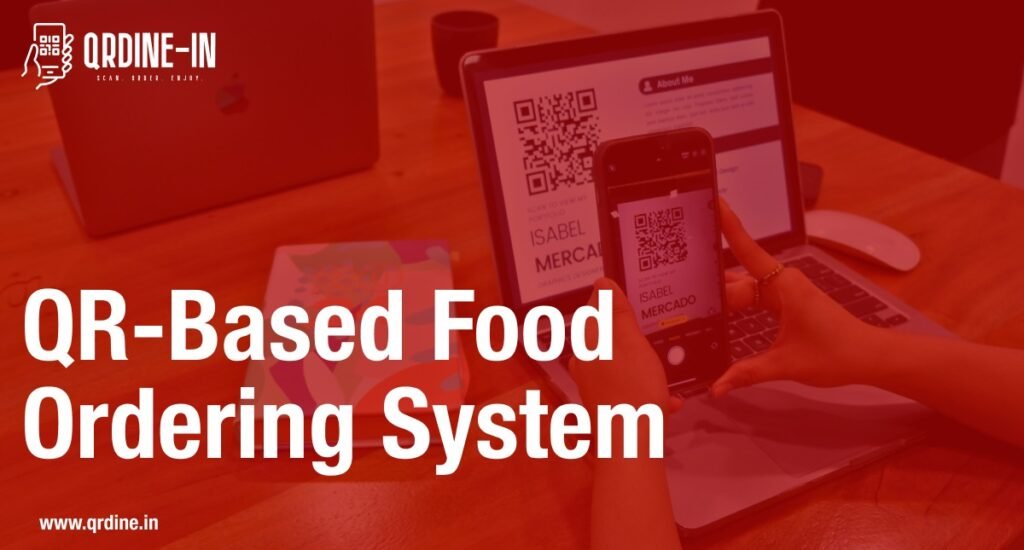
In the digital age, technology continues transforming various aspects of our lives, including dining out. Traditional methods of ordering food in restaurants are gradually being replaced by innovative solutions that offer convenience, efficiency, and enhanced customer experiences. One such solution gaining popularity in the hospitality industry is the QR-based food ordering system. This blog will explore the concept, features, benefits, and implementation of a QR-based food ordering system project.
Understanding QR-Based Food Ordering System:
QR-based food ordering is a modern solution revolutionizing the dining experience in restaurants and eateries worldwide. This innovative system allows customers to browse menus, place orders, and make payments using their smartphones by simply scanning a QR code.
The process is seamless and contactless, offering convenience, efficiency, and enhanced safety in today’s digital age. With QR-based food ordering, customers can access the menu, view descriptions and prices of dishes, customize their orders, and complete transactions securely without needing physical menus or cash transactions.
For restaurants, this technology streamlines operations reduces wait times, and minimizes the need for face-to-face interactions between staff and customers. Overall, QR-based food ordering transforms how we dine out, making the experience more convenient, accessible, and enjoyable for everyone involved.
Features and Functionality:
Menu browsing: Customers can view the restaurant’s menu, including descriptions, prices, and images of dishes.
Order placement: Customers can select items from the menu, customize their orders, and add them to their cart.
QR code generation: Each table or seating area is assigned a unique QR code that customers can scan to access the digital menu and place orders.
Order management: Restaurant staff can view incoming orders, process them, and manage order status, for example – preparing, ready for pickup, delivered.
Payment processing: Customers can securely pay for their orders using integrated payment methods such as credit/debit cards, mobile wallets, or online payment
Platforms.
Feedback and reviews: Customers can provide feedback on their dining experience and leave reviews for individual dishes or the restaurant.
Benefits for Customers:
Convenience: Customers can browse the menu, place orders, and make payments using their smartphones without waiting for a server.
Safety: In a post-pandemic world, contactless ordering and payment options minimize physical contact and reduce the risk of virus transmission.
Speed: With digital ordering, customers can place and receive orders faster, leading to shorter wait times and improved dining experiences.
Customization: Digital menus allow customers to customize their orders, view nutritional information, and filter options based on dietary preferences or restrictions.
Accessibility: QR codes make it easy for customers to access the menu and place orders, regardless of language barriers or physical limitations.
Benefits for Restaurants:
Efficiency: Digital ordering streamlines the ordering process, reduces errors, and frees staff to focus on other tasks.
Cost savings: By eliminating the need for printed menus and minimizing labor costs associated with manual order-taking, restaurants can reduce overhead expenses.
Data insights: Digital ordering systems provide valuable data and analytics on customer preferences, order trends, and sales performance, enabling restaurants to make informed decisions and optimize their menus and operations.
Marketing opportunities: Restaurants can use digital platforms to promote special offers, loyalty programs, and upcoming events, fostering customer engagement and loyalty.
Flexibility: Digital menus can be easily updated in real-time to reflect changes in inventory, pricing, or menu offerings, ensuring accuracy and consistency for customers.
Implementation Process:
Implementing a QR-based food ordering system involves several steps, from designing the user interface to integrating payment processing. Here’s a comprehensive guide on how to implement such a system:
Define Requirements:
Start by defining the requirements of your QR-based food ordering system. Determine the features you want to include, such as menu browsing, order placement, payment processing, and feedback collection.
Design User Interface:
Design the user interface for both customers and restaurant staff. Create wireframes or mockups to visualize the layout and functionality of the system, ensuring it is intuitive and easy to navigate.
Develop Backend Infrastructure:
Set up the backend infrastructure for your food ordering system. This includes creating databases to store menu items, customer information, and orders and implementing server-side logic to handle requests and process data.
Generate QR Codes:
Generate unique QR codes for each table or seating area in the restaurant. You can use QR code generation tools or libraries to create dynamic QR codes that link to the digital menu and ordering system.
Build Customer Interface:
Develop the customer interface, which can be mobile or web apps. This interface should allow customers to scan QR codes, browse the menu, select items, customize orders, and make payments seamlessly.
Implement Order Management:
Implement order management functionality to track incoming orders, update order status, and communicate with kitchen staff. This may involve integrating with kitchen display systems (KDS) or printing order tickets for manual preparation.
Project Scope:
The scope of the project includes:
- Designing and developing a user-friendly mobile application for customers to access the digital menu and place orders.
- Integrating a secure payment gateway to facilitate online payments.
- Creating a restaurant interface for order management and kitchen communication.
- Generating unique QR codes for each table links customers to the digital ordering system.
- Implementing a backend database to store menu items, customer orders, and transaction details.
- Conducting testing and training to ensure the system’s functionality, reliability, and security.
- Deploying the QR-based food ordering system across multiple DineIn Delights locations.
Project Implementation:
- Requirements Gathering: The project team collaborated with stakeholders to gather requirements and define the scope of the QR-based food ordering system. Critical features identified included menu browsing, order customization, secure payment processing, and real-time order tracking.
- System Design: The system was designed with a focus on user experience and functionality. The customer interface features an intuitive layout, allowing users to easily navigate the digital menu, select items, customize orders, and complete transactions. The restaurant interface includes tools for order management, kitchen communication, and reporting.
- Development and Integration: The development phase involved building the mobile application for customers, implementing the restaurant interface, integrating payment processing functionality, and generating QR codes for table identification. API integration was used to facilitate communication between the customer and restaurant interfaces.
- Testing and Quality Assurance: The system underwent rigorous testing to identify and address any bugs or issues. Testing included functional, usability, security, and performance testing to ensure the system met quality standards and user expectations.
- Training and Deployment: Restaurant staff were provided with training on how to use the QR-based food ordering system effectively. Once testing was complete and staff were trained, the system was deployed at DineIn Delights locations, with QR codes placed on tables for customer access.
Project Outcomes:
- Enhanced Customer Experience: The QR-based food ordering system has transformed the dining experience for customers, offering convenience, flexibility, and safety. Customers can easily browse menus, place orders, and make payments using smartphones, eliminating the need for physical menus and cash transactions.
- Improved Operational Efficiency: The new system has streamlined restaurant operations, reducing wait times, minimizing order errors, and increasing staff productivity. Orders are processed faster, kitchen communication is more efficient, and restaurant workflow has improved.
- Increased Revenue: With a more efficient ordering process and enhanced customer satisfaction, DineIn Delights has experienced increased revenue. Repeat business has grown, and positive word-of-mouth has attracted new customers, leading to higher sales and profitability.
Conclusion:
The QR-based ordering system project has brought about significant improvements in both customer experience and restaurant operations. By leveraging modern technology and streamlining the ordering process, the system has revolutionized how customers interact with the restaurant and how staff manage orders.
Overall, the QR-based ordering system project has been a resounding success, showcasing the transformative impact of technology on the restaurant industry and paving the way for a more efficient, convenient, and enjoyable dining experience for customers and staff alike.
FAQs about the QR-Based Ordering System Project
A QR-based ordering system is a digital solution that allows customers to browse menus, place orders, and make payments using their smartphones by scanning QR codes provided by the restaurant.
Customers scan a QR code displayed at their table using their smartphone camera, which directs them to the digital menu and ordering platform. From there, they can browse the menu, select items, customize orders, and proceed to checkout for payment.
Yes, the QR-based ordering system uses secure encryption protocols and payment gateways to ensure the safety and confidentiality of customer data and transactions.
The benefits include enhanced customer convenience, improved restaurant operational efficiency, reduced wait times, increased order accuracy, and enhanced safety through contactless ordering and payment.
Yes, the QR-based ordering system is designed to be compatible with most smartphones, regardless of the operating system like IOS, Android, and many more. All that is needed is a smartphone with a camera and internet connectivity.


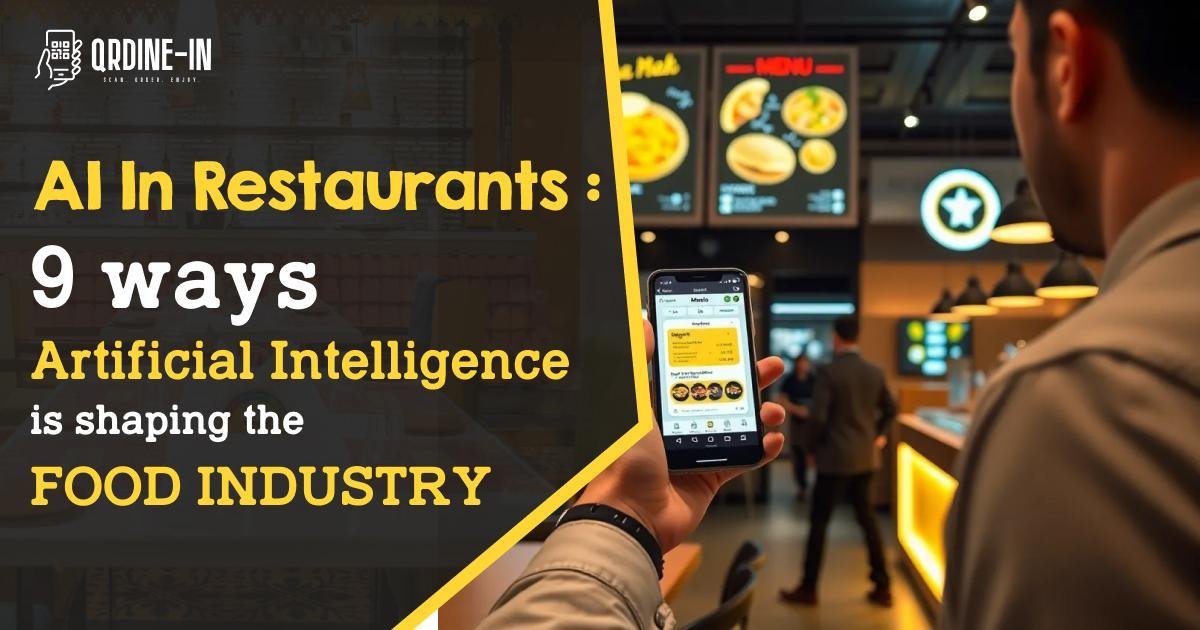
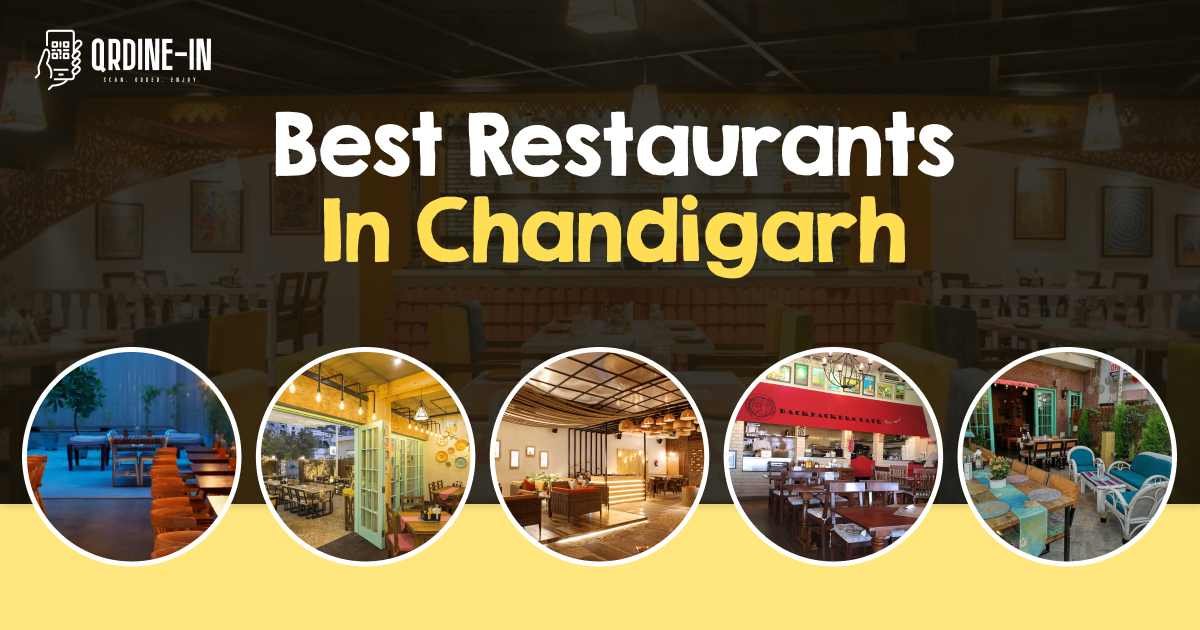
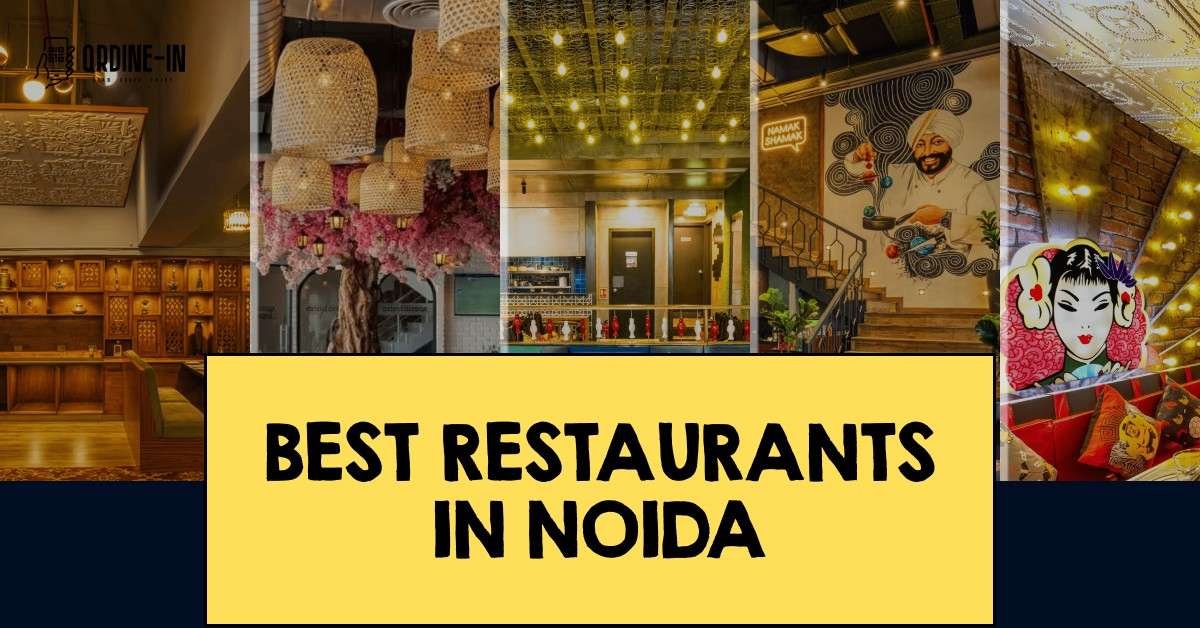

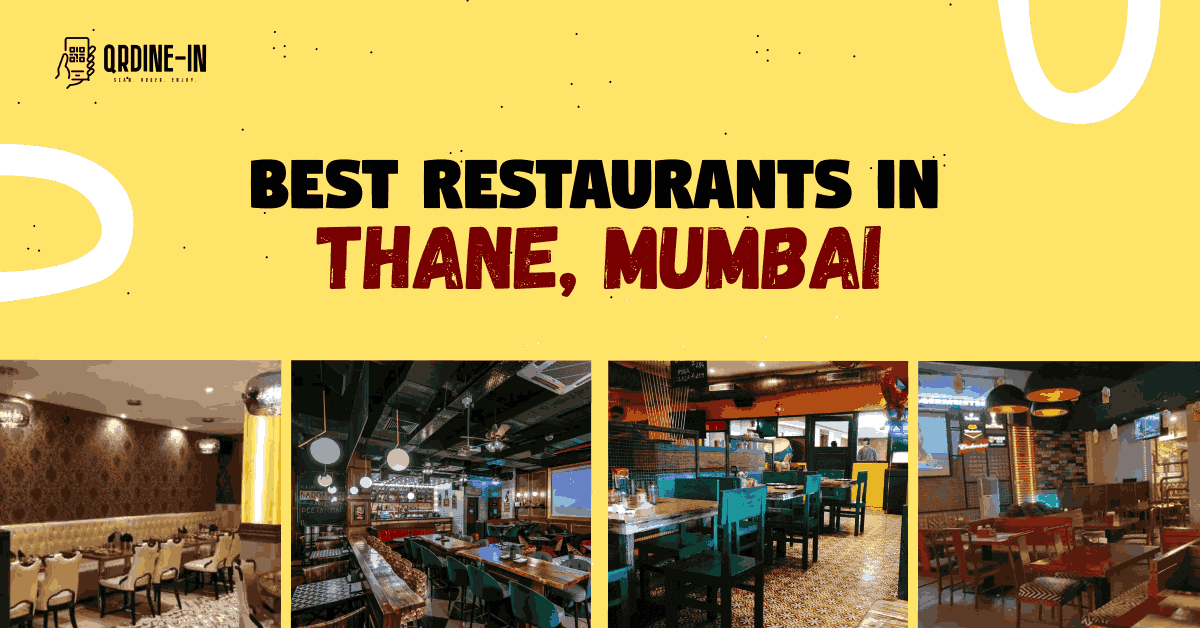
Leave a Reply